
Shrink the Star Trek tractor beam down to a microscopic scale, add the ability to twirl the objects trapped in its path, and you’d have a system much like the one described in the 4 May issue of the international journal, Science.
Using specialized lasers, Scottish researchers have devised a way to spin even the most delicate microscopic objects-from a hamster chromosome to a glass bead-without damaging them. This system may give researchers an unprecedented amount of control for manipulating objects in living cells or components of micromachines.
“Our technique could be used to drive motors, mixers, centrifuges, and other rotating parts in cheap, tiny, automated technologies of the future,” said Science author Kishan Dholakia of St. Andrews University. Such components might someday appear on so-called “labs-on-chips,” which could perform chemical and biological tests at breakneck speed, compared to conventional methods.
Using Dholakia and his colleagues’ technique, researchers could rotate biological structures in living cells, potentially turning up new drug targets by rotating enzymes and proteins to align the active sites where they latch onto each other. By manipulating a cell’s chromosomes, scientists could study how the genome gets divided during cell division, a process that causes serious genetic disorders when it goes awry.
So far, the scientists have demonstrated their technique with glass beads just one micron across (a human hair is approximately 100 microns thick) and a miniscule glass rod, which would be potentially useful for stirring minute amounts of liquid.
“We’ve only just begun to realize the possibilities for what we might do with this technology,” he said.
The Science research adds an extremely useful twist, so to speak, to optical tweezer technology, in which particles trapped in a tightly focused laser beam can be moved from one spot to another. Researchers currently use optical tweezers to insert genes into cells and assist with in vitro fertilization, for example. But, just as someone assembling a jigsaw puzzle needs to rotate the pieces as well as move them across the table, scientists using optical tweezers would gain much more control if they could turn objects as well.
The new technique devised by Dholakia and his colleagues relies on much of the same physics as optical tweezers do. In both cases, a particle gets trapped in the path of a light beam because some of the light refracts when it hits the object. This changes the momentum of the light, and, in turn, the momentum of the object, which gets steered toward the spot in the beam where the light is most intense.
Instead of using a simple, single beam, Dholakia’s group used two specialized laser beams that combined to form a spiral. This “interference pattern” formed as the light waves that were in step with each other merged, while those out of step cancelled each other out. Driven by the same forces involved in optical tweezing, an object was trapped in an arm of the spiral.
The scientists then manipulated the orientation of one of the light beams, changing the interference pattern of the two beams in such a way that the spiral rotated. Because the object was stuck in the most intense part of the beam, it rotated as well.
“The beauty of our technique is that we can dictate how far we want the spiral pattern to go around and at what speed. That means we can fully control the rotation of that one particle,” Dholakia said.
Researchers previously developed two other methods for rotating objects, but they didn’t allow as much control. And, they either weren’t as gentle on the objects or could only be used on certain types of materials.
“Our technique is potentially more applicable than the others. We’ve rotated several different structures to show the range of things one can do,” Dholakia said.








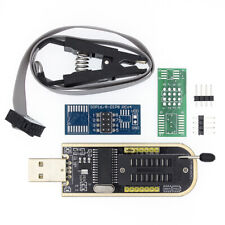
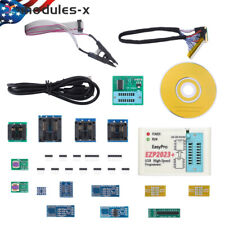
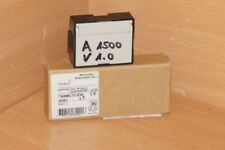
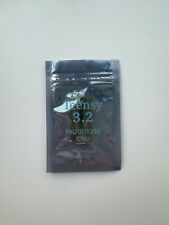
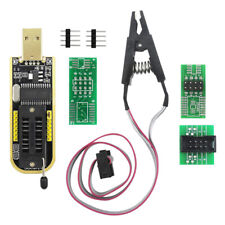
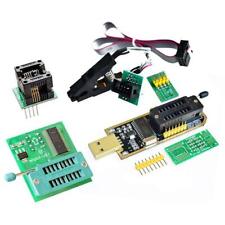
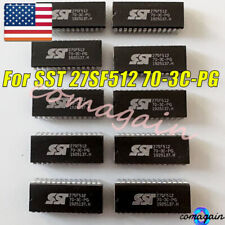
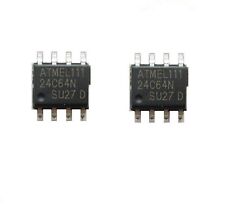
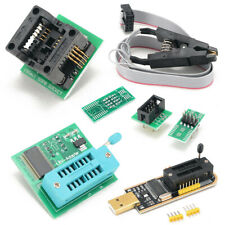
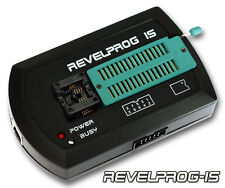
Comments are closed.